Search Results for Tag: ice
Greenpeace Arctic Protest in Germany
Greenpeace campaigners were on the streets around the world on Saturday October 5th, protesting against the arrest of the Arctic Sunrise crew by the Russian coastguard. For a short summary of the background, see “Greenpeace holds rallies...” on our DW environment page.
I paid a visit to the stand set up in our local shopping centre, Bad Godesberg, to see what was happening. Greenpeace Bonn were working hard to persuade shoppers on a drizzly October morning to sign the online protest against the arrests. It was interesting to see a mix of younger and more experienced campaigners outside the town theatre. There was also quite a wide age range amongst the passers-by who stopped to find out what was happening or even sign the online petition to have the Arctic Sunrise crew freed.
The controversy has certainly brought a lot of attention to the Arctic. I have the feeling there is a growing awareness here of the whole issue surrounding climate change, melting Arctic ice, and the difficulties involved in the economic development of such an ecologically sensitive area. Still, most people do not realise how relevant the “distant” Arctic is to all of us, given the role it plays in influencing climate change as a whole, our weather patterns and, of course, with the huge Greenland ice sheet, global sea levels.
Ice Blog back online!
Apologies for the absence of icy news on the blog over the past three months. I was collecting new stories and pictures of glacier development in the Swiss Alps during a hiking holiday and unfortunately slipped on some ice. It has taken me three months to recover, but before that I did take plenty of pictures, some of which will be appearing on the blog at some point in the next few weeks. I first visited that particular area in 1984, so have photos as well as memories of the glaciers as they looked then, and now. A comparison shows major changes. Many areas which were then iced over are now completely ice free.
In the meantime, of course, there has been no shortage of news and stories in the world at large relating to the polar regions and climate, including the annual sea-ice minimum measurements and the IPCC report.
As for the sea-ice measurements, the scientists from Germany’s Alfred Wegener Institute say the fact that the sea ice covered a bigger area than last year does not mean the ice pack is recovering. Its extent is still very low compared to the long-term average, and is in line with an overall trend towards less of the stable, thicker multi-year ice. A new study published this week suggests the Arctic will be ice-free in summer within 25 years. See this summary and context from the Climate News Network: Ocean damage is worse than thought.
The IPCC report includes a lot more data on developments at the poles, which was lacking in the last report. Ice melt from the Greenland and Antarctic ice sheets are shown to be playing a much greater role in increasing sea levels than previously thought. There’s a brief summarizing article on the DW environment page.
More on the “state of the ice” in the coming week. Please look out for regular posts from your Ice Blogger again from now on. It’s great to be back in action.
The “big Greenland melt”
- Melting Ice off Greenland.
Just recently I interviewed a scientist who told me he assumed last year’s record melt in Greenland was a one-off thing and not necessarily a result of climate change. Or rather, he said, it was impossible to say until we see whether it actually happens again. Given that the Greenland ice sheet is the biggest ice mass in the northern hemisphere and would also have a huge impact on global sea levels if it melts, it is encouraging to know that a huge effort is going on to find out exactly what is happening.
Ice Blogger’s gallery on climate change in Greenland
Audio feature on climate change in Greenland (Irene Quaile, for DW)
Tim Radford of Climate News Network has just published an article on the subject, with an excellent overview. He quotes scientists from Sheffield, UK, who have come up with a new theory. This is what Tim has to say. I quote at length, as it such a good summary of what has been happening and the possible explanations so far. Thanks Tim Radford and Climate News Network for drawing our attention to the latest research and filling in so much background. Over to you:
“First: the story so far. For a few days in July 2012, almost 97% of the surface of Greenland began suddenly to thaw. This was a melt on an unprecedented scale.
Greenland carries a burden of three million cubic kilometres of ice and even in the summer, most of it stays frozen, partly because of the island’s high latitude and partly because ice reflects sunlight, and tends normally to serve as its own insulator.
The event was so unusual, and so unexpected, and on such a scale that nobody seriously suggested that the dramatic conversion of snow to slush was direct evidence of climate change because of human-induced global warming.
Soot, smoke and heat
At first, climatologists were inclined to see the thaw as a consequence of the record-breaking heat waves and forest fires that afflicted North America last summer: snow could have been darkened by columns of soot and smoke from forest fires, just enough to start absorbing the sunlight, some reasoned.
Then in April a team at the University of Wisconsin-Madison suggested that freak cloud behaviour over Greenland at the time might have caused the melting. Clouds normally block sunlight and keep the terrain below them cool.
But these clouds could have been thin enough to let solar radiation through, but thick enough to trap the consequential infra-red radiation from the ground, and raise the local temperature levels.
Now Edward Hanna and colleagues at Sheffield report in the International Journal of Climatology that they have another explanation. Unusual atmospheric circulation and changes in the jet stream – the same changes that almost washed away summer in England – sent a blister of warm air sweeping over the ice sheet.
Hanna and his team analysed all the weather data collected by the Danish Meteorological Institute and by US researchers, and then employed satellite readings and a computer simulation called SnowModel to reconstruct the strange turn of events. And climate change may after all be a suspect.
High melt years
The Greenland Ice Sheet is a highly sensitive indicator of regional and global change, and, says Prof Hanna, been undergoing rapid warming, and losing ice, for at least the last five years and probably the last 20.
“Our research found that a ‘heat dome’ of warm southerly winds over the ice sheet led to widespread surface melting.” This was not predicted by the climate models used by the Intergovernmental Panel on Climate Change, and perhaps that indicated a deficiency in those models, he suggested.
The event seemed to be linked to changes in a phenomenon known to oceanographers and meteorologists as the summer North Atlantic Oscillation (NAO), another well-observed high pressure system called the Greenland Blocking Index, and the polar jet stream, all of which sent warm southerly winds sweeping over Greenland’s western coast.
“The next five to 10 years will reveal whether or not 2012 was a rare event resulting from natural variability of the NAO or part of an emerging pattern of new extreme high melt years.” It was hard to predict future changes in the Greenland climate in the current state of knowledge, but important to keep on trying.
There is an awful lot of ice on top of Greenland. Once it starts to melt, it is likely to be, say the Sheffield scientists, “dominant contributor to global sea level change over the next 100 to 1,000 years.”
Tim Radford, Climate News Network, 18.6.2013.
The Ice Blogger is heading off for a short break. Back July 8th, with new ice and snow pictures, I hope!
How big is Chinese interest in Greenland?
I have come across an interesting perspective on this on www.chinadialogue.net. “The Chinese scramble into Greenland is overhyped” is the headline of an article by Jonas Parello-Plesner. The author maintains there is little evidence of a Chinese scramble for the Arctic. This would seem to contradict a lot of what I have been hearing and reading, so the title jumped out at me. The article appears on a bilingual English-Chinese site dealing with environment-related issues.
Clearly, Beijing is interested in accessing mineral resources all over the world. As far as the Arctic is concerned, the question, it seems to me, is to what extent that interest is already turning into involvement. The trade agreement with Iceland is one sure sign of interest in the shipping routes through the Arctic, as discussed here on the Ice Blog and in various articles over the past year or so. The new Chinese icebreaker and Chinese voyages through the High North are other indicators of interest turning into activity. When it comes to Greenland, Jonas Parello-Plesner has some interesting points. Let me quote one of them: “Actually, the public face of Chinese involvement, Xiaogang Hu of London Mining, who was spearheading a high profile investment in an iron ore project, left his position in April. Locals explained this as a result of new Greenlandic leader Hammond’s intention to revise the Large Scale Act, which was enacted under the previous government and allows scores of foreign workers on mining projects. Xiaogang was als the link to Chinese investors like Sichuan Xinye Mining Investment or the China Development Bank.”
This is, I believe, an interesting development. “It looks like Chinese investors – and their workers – are waiting and watching, rather than invading,” is the article’s conclusion from this. Remember all the talk of the 2,000 Chinese workers reported to be heading for Greenland? Concern about this was said to be one of the factors that led to the change of government. Understandably, the Greenlanders would like to have the wealth to fund independence from Denmark. But at what cost? The major price could well be environmental destruction. The other question for the island’s leaders is how they can ensure that Greenland actually benefits from mining or drilling activities. The small population would have to work with foreign partners. The new government has introduced royalties to prevent profits disappearing offshore. Parello-Plessner says the challenge for Greenland is not just how to deal with Chinese interest, but “how to transform into a successful resource economy”.
I think he puts the situation in a nutshell: “With its tiny population, there are question marks over the ability of Greenland’s small negotiation teams to secure sufficiently stringent criteria that ensure investments are sustainable and environmentally acceptable. If it is unsuccessful, Greenland might simply become like other resource rich countries before it – it might think it had hit the resource jackpot, only to find out that it was really a curse.”
Meanwhile, Greenland’s ice continues to melt. Let us not forget the reasons for the opening-up of the Arctic. And what consequences human-made climate warming will have for people all over the globe. Here is a link to one interesting recent report on the Greenland melt and implications for sea level rise:
At the big climate change impacts conference I attended in Potsdam recently, the experts stressed the need to adapt to climate change now and not wait for international agreements. Adaptation has become a necessity to avoid or minimize damage from climate-related events. I often wonder whether this could take attention away from the need to mitigate. Wolfgang Lucht from the Potsdam Institute for Climate Impacts thinks it is the other way round. The more we know about the measures needed to deal with likely impacts, the more urgent becomes the need to mitigate climate change by reducing emissions. Our capacity to adapt is not unlimited, says Lucht, who also holds a chair in sustainability science at Berlin’s Humboldt University. “We have evidence that climate change could have played a role in the collapse of complex civilizations. It is not certain, but there are signs that changes in the environment could have had a major impact, for instance through changing the availability of resources a society relied on”.
Can we keep that in mind when it comes to developing the Arctic for more oil, gas and minerals?
Arctic summers to be ice-free earlier?
Scientists studying Arctic sea ice say ice-free summers could be on the horizon sooner than many expected. A new analysis by NOAA scientists James Overland (NOAA Pacific marine Environmental Laboratory) and Muyin Wang (NOAA Joint Institute for the Study of Atmosphere and Ocean at the University of Washington) considered three methods of predicting when the Arctic will be nearly ice free in the summer. All three suggest nearly ice-free summers in the Arctic before the middle of this century, says Wang, although the actual dates differ widely. One method suggests the Arctic could be nearly sea ice free in summer as early as 2020.
“Rapid Arctic sea ice loss is probably the most visible indicator of global climate change; it leads to shifts in ecosystems and economic access, and potentially impacts weather throughout the northern hemisphere,” said Overland. “Increased physical understanding of rapid Arctic climate shifts and improved models are needed that give a more detailed picture and timing of what to expect so we can better prepare and adapt to such changes. Early loss of Arctic sea ice gives immediacy to the issue of climate change.”
The paper was published recently online in Geophysical Research Letters.
Overland said the differences between the models could lead some people to conclude that models are not useful. In fact the opposite is the case, he said. “Models are based on chemical and physical climate processes and we need better models for the Arctic as the importance of that region continues to grow.”
Taken together, the range among the multiple approaches still suggests that it is very likely that the timing for future sea ice loss will be within the first half of the 21st century, with a possibility of major loss within a decade or two, the authors say.
Other recent studies have indicated the key role of shrinking Arctic sea ice in influencing our weather. The shrinking sea ice is shifting polar weather patterns, especially in autumn and winter, according to one new climate modeling study.
Researchers looked at weather patterns in 2007, when sea ice covering the Arctic Ocean hit one of its lowest summer extents since satellite tracking began in the late 1970s.
In autumn and winter, when sea ice would normally insulate the ocean from frigid Arctic air temperatures, the small ice pack meant lots of heat could escape from the ocean into the atmosphere, the study found. The heating changed atmospheric circulation patterns in the Arctic, said study leader Elizabeth Cassano, a climate scientist at the Cooperative Institute for Research in Environmental Sciences (CIRES) in Boulder, Colorado. The results were published May 21 in the International Journal of Climatology.
Becky Oskin from LiveScience talked to Cassano about the study and quotes: “What we saw, particularly in the fall and winter, was a decrease in [atmospheric] pressure over the areas of open water.” Areas of high and low pressure drive weather, with low pressure producing stormier weather and high pressure leading to clear, calm days, Cassano said. The group’s computer model generally agreed with weather records from the latter half of 2007, according to the study.
While the summer ice melt had a significant effect into the winter, there was little change in weather patterns in early 2007, before the ice pack shrank, the study found. However, Cassano points out that the climate model doesn’t include a major high-pressure system that was in the Beaufort Sea north of Alaska and played a role in the big ice melt. Its absence could affect the modeling results.
The researchers now plan to examine how the feedback between sea ice and the atmosphere alters weather in the United Statse and other regions, Cassano said. “There’s an open question of how these changes that we see in the Arctic influence the weather that we see here in the mid-latitudes,” she said.
Given the weird weather we are experiencing in different parts of Europe at the moment, interest in whether climate change could be directly or indirectly responsible is high. Finnish Lapland has been experiencing a heatwave. Colleagues of mine have returned from the south of France complaining it was unexpectedly cold. Here in the normally mild Rhineland, we have also had very low temperatures and heavy rain. Meanwhile southern and eastern parts of Germany are being hit by severe flooding.
Renowned German scientist Stefan Rahmstorf and his colleagues at the Potsdam Institute for Climate Impact Research have apparently been contacted by various media, asking them if the rain and flooding are connected to climate change. He refers readers to a study on extreme weather they published in Nature Climate Change a year ago. Let me close by sharing his quote from that study, which he shares again in the climate blog SciLogs:
“Many climate scientists (including ourselves) routinely answer media calls after extreme events with the phrase that a particular event cannot be directly attributed to global warming. This is often misunderstood by the public to mean that the event is not linked to global warming, even though that may be the case — we just can’t be certain. If a loaded dice rolls a six, we cannot say that this particular outcome was due to the manipulation — the question is ill-posed. What we can say is that the number of sixes rolled is greater with the loaded dice (perhaps even much greater). Likewise, the odds for certain types of weather extremes increase in a warming climate (perhaps very much so). Attribution is not a ‘yes or no’ issue as the media might prefer, it is an issue of probability. It is very likely that several of the unprecedented extremes of the past decade would not have occurred without anthropogenic global warming. Detailed analysis can provide specific numbers for certain types of extreme, as in the examples discussed above.
In 1988, Jim Hansen famously stated in a congressional hearing that “it is time to stop waffling so much and say that the evidence is pretty strong that the greenhouse effect is here”. We conclude that now, more than 20 years later, the evidence is strong that anthropogenic, unprecedented heat and rainfall extremes are here — and are causing intense human suffering.”



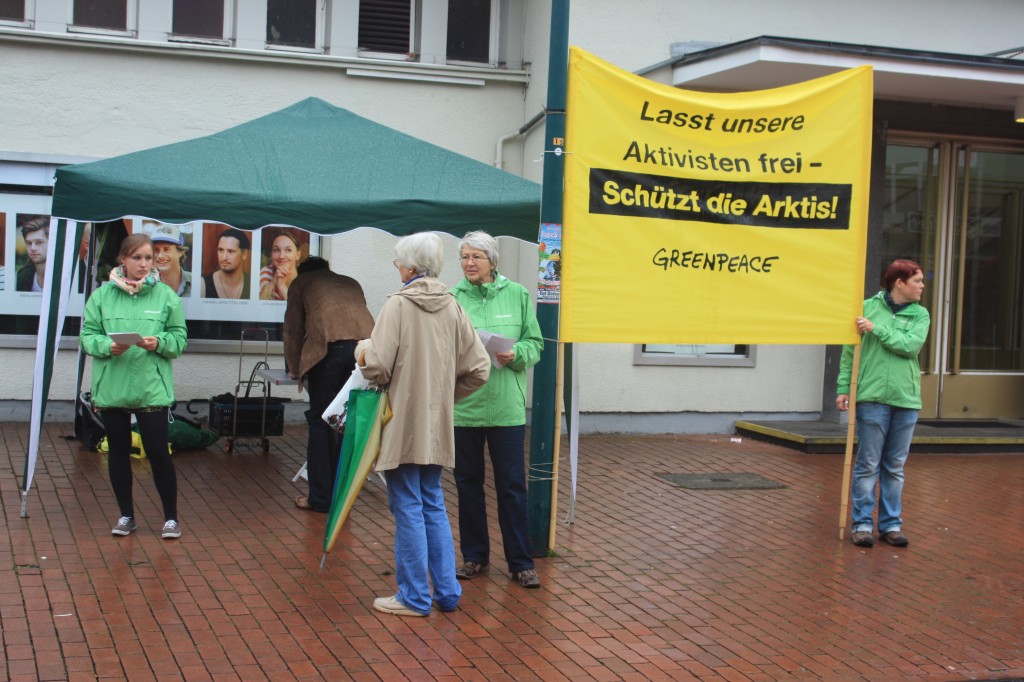



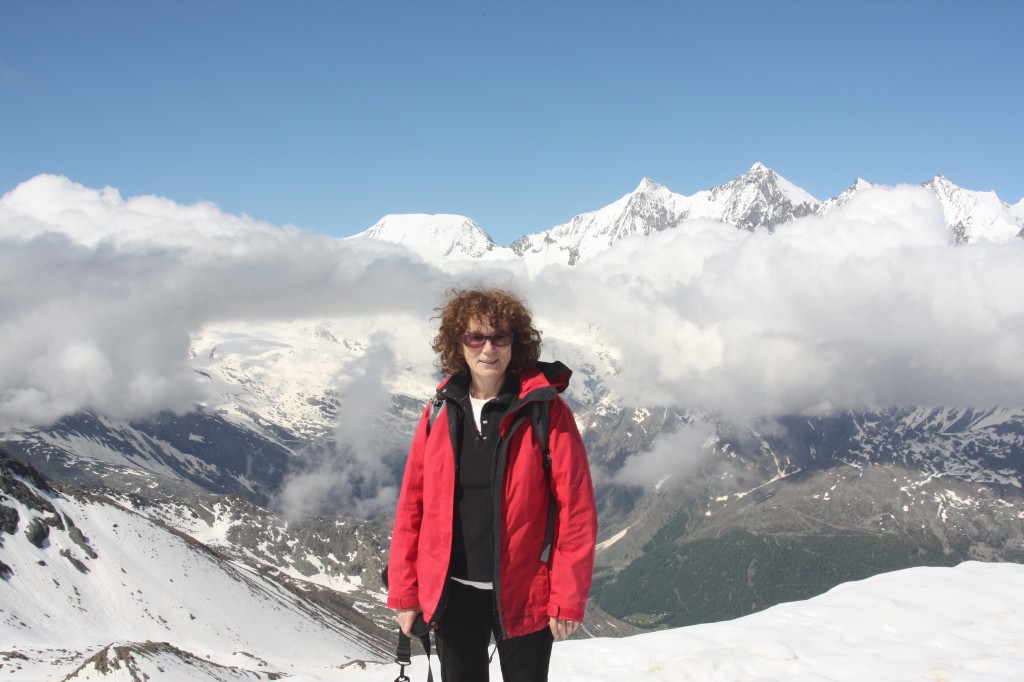

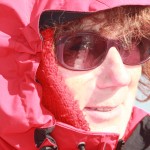
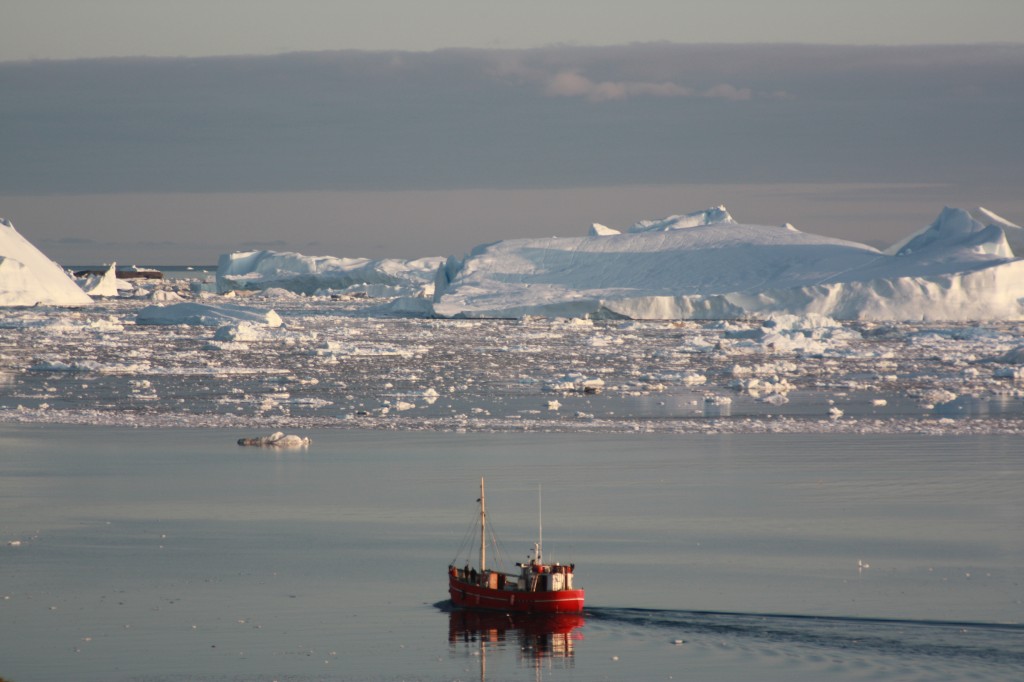

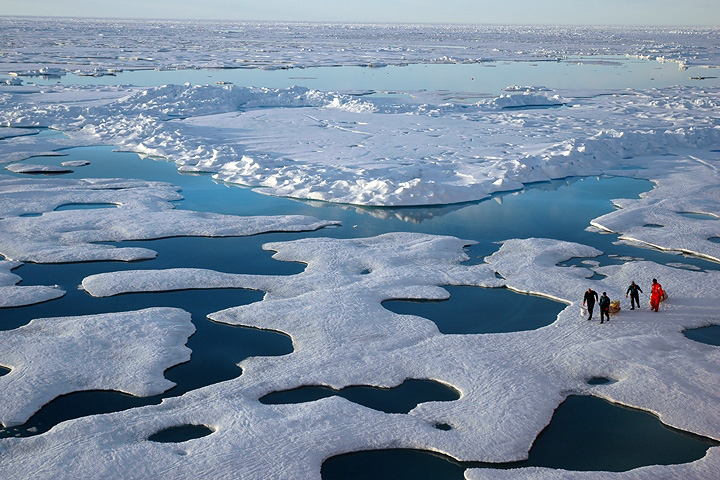

















Feedback